From the revolutionary public transport upgrade in Austin to the sky-high marvels of New York’s Hudson Yards, today’s video is an exploration of the most expensive and transformative megaprojects currently under construction in the U.S. These projects are not just massive in scale; they are redefining urban landscapes and setting new standards in sustainable development and architectural innovation. So, let’s dive right in!
Number 5: Project Connect, Texas – $10.3 Billion
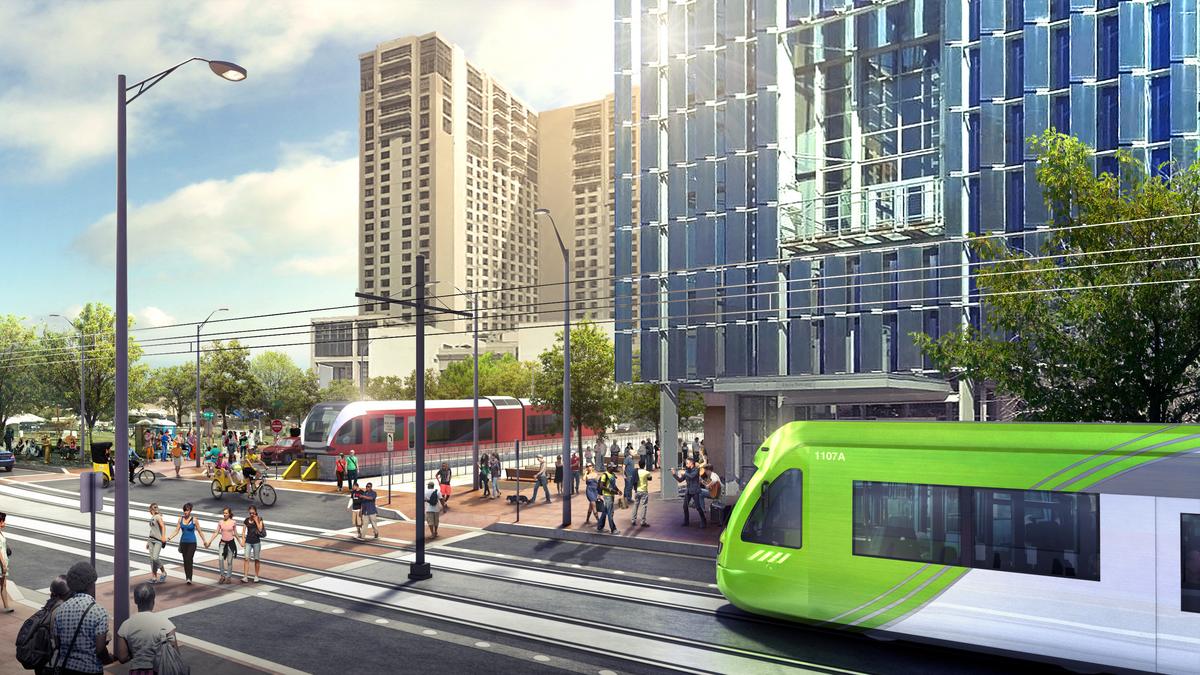
At more than double the cost of Amazon HQ2, Project Connect will be a groundbreaking upgrade to public transport in Austin, Texas. The plan is to build two light rail lines, three new bus lines, a transit tunnel under downtown Austin, new park-and-ride services, and to majorly overhaul any other existing transport lines in the city.
As well as making life easier for the people of Austin, Project Connect is aiming to achieve some environmental milestones. They are aiming for a zero-emission fleet of vehicles, with all the buses and trains running purely on electricity. This is actually a downsized version of the project, compared to the original proposal put forward in 2020. That early version was more ambitious, but corners were cut in the aftermath of the COVID-19 pandemic.
Number 4: Chicago O’Hare Airport Upgrade – $12.1 Billion
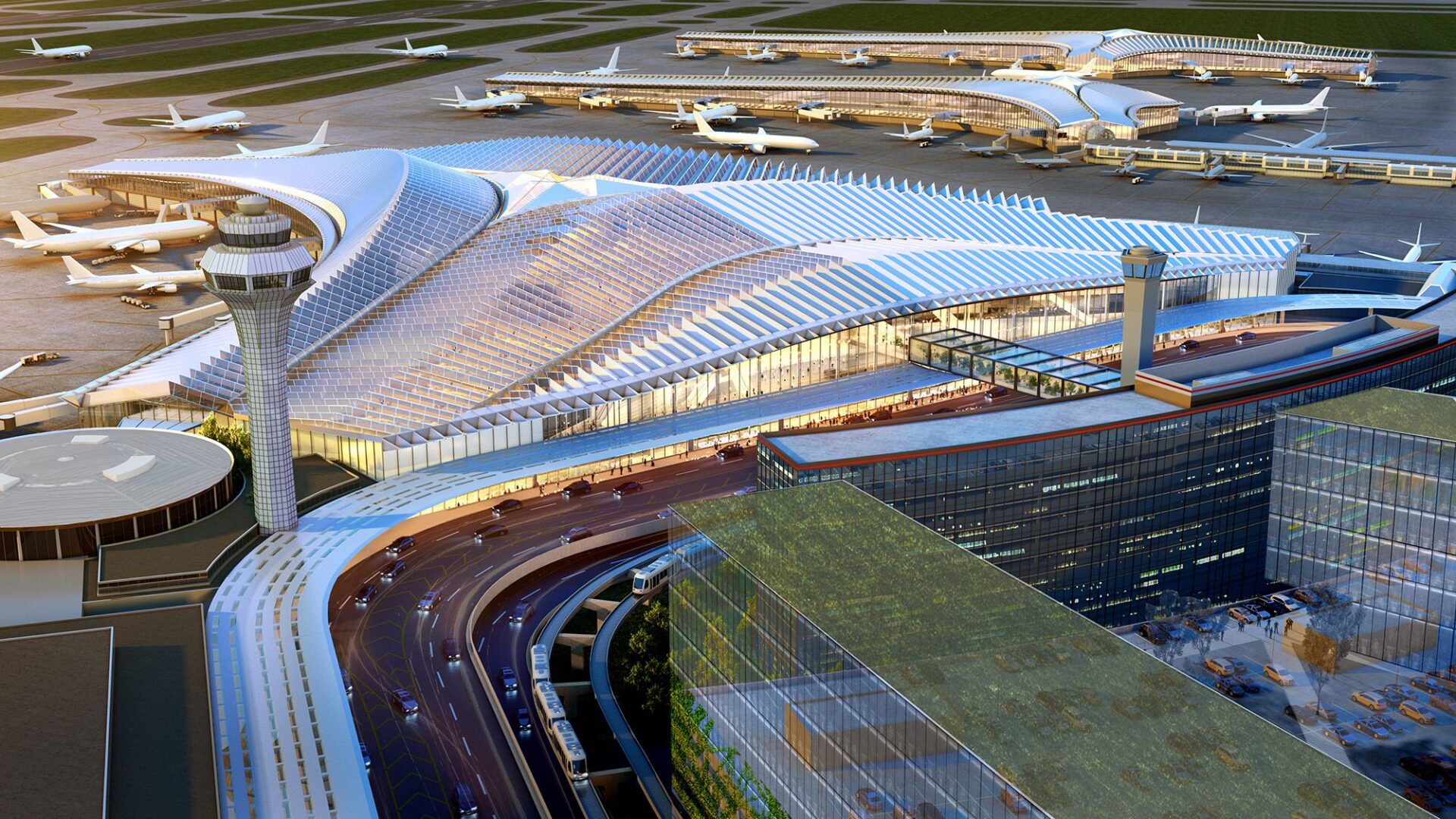
Chicago O’Hare started its life as a military airfield, which was mainly used to provide new aircraft during the Korean War. But in 1955, it opened up for civilian flights and grew into one of the largest airports on earth. No other airport has more runways than Chicago’s eight. No other airport has as many international connections: 214 non-stop flights to destinations around the world. However, this airport is overcrowded and inefficient.
The terminals aren’t quite big enough, and there aren’t enough facilities to support the 50 million passengers who use the airport every year. That’s why they’ve decided to roll out a state-of-the-art upgrade, expanding two of the airport terminals and increasing the gate count. Construction starts in 2026, while the airport will continue to operate as normal, with passengers and construction workers sharing the space. Overall, this upgrade is a massive project, but it’s still not the most expensive one on this list. The next project will cost more than twice as much.
Click here to learn more and subscribe to the newsletter
Number 3: Hudson Yards – $25 Billion
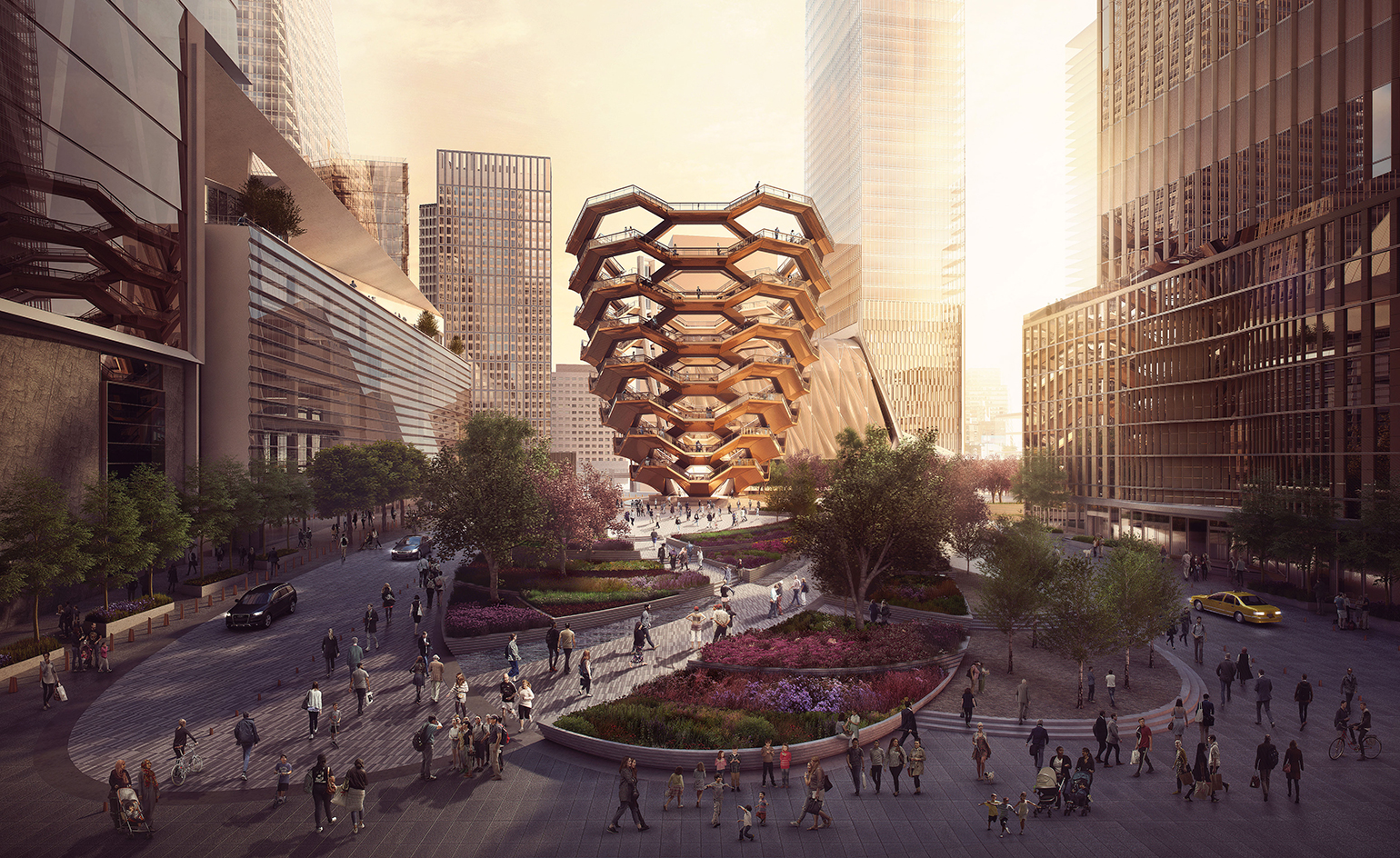
Hudson Yards is a massive urban development site in Manhattan, New York. It started off with a colossal platform, carefully built to sit on top of a storage yard for trains. Next, the platform was fitted out with stunning facilities which completely transformed the area: parks and groves, shops and restaurants, offices, apartments, galleries, hotels, and the highest ice rink in New York. A chunk of the site is already open to the public, but there is still a lot of work to be done, which is due to start in 2023. From hotels and high rises to offices and schools, more and more buildings will be shooting up as part of the project’s second phase.
Of the parts of the project which are already finished, the most iconic is probably the Edge: the highest sky deck in the Western Hemisphere. The glass floor is a dizzying 100 floors above the ground below, and is already drawing plenty of daredevil tourists. Nowhere else in the entire world is a glass floor so far from the ground.
Another icon of Hudson Yards is a honeycomb-like structure called Vessel. It’s an impressively elaborate design but courted controversy when it first opened. Hudson Yards claimed ownership of any photos or videos which tourists took of the structure; they announced that they could use these photos for commercial purposes without needing to ask for permission. This policy led to public outcry, and Hudson Yards was forced to backtrack. Now, anyone who takes a photo will own the photo too.
Number 2: Texas Sea Wall – $31 Billion
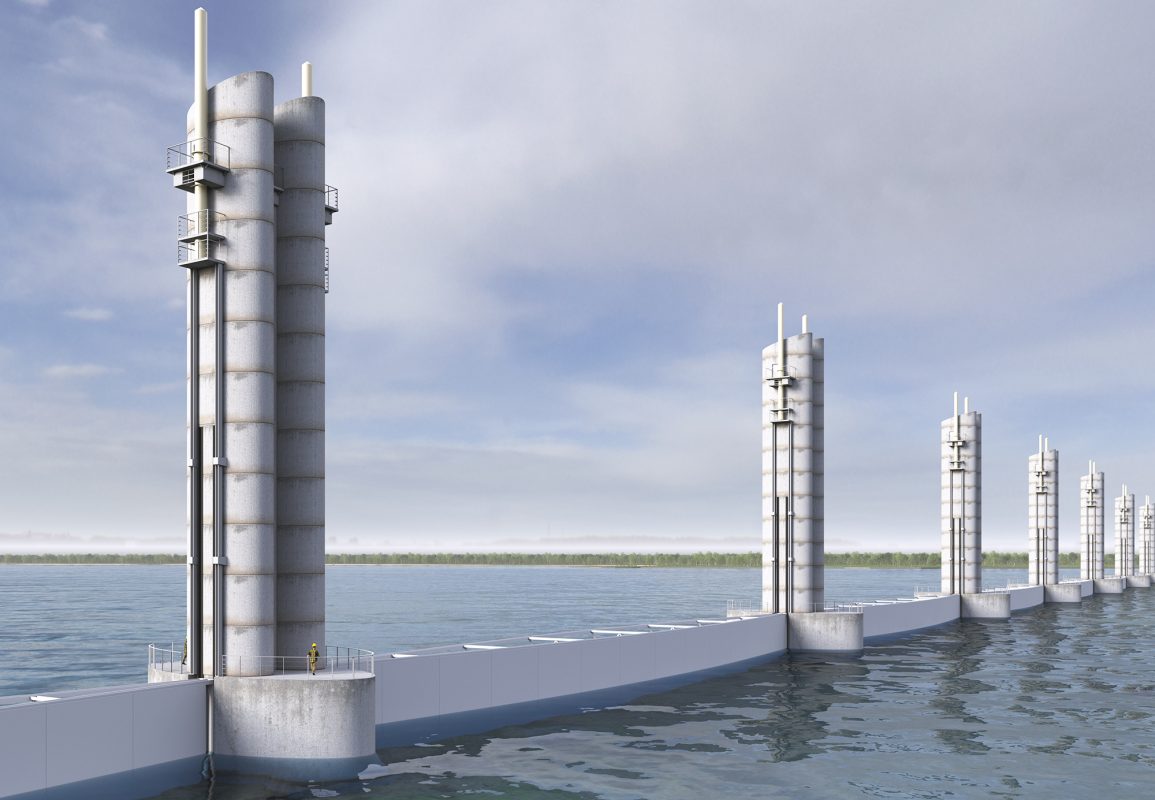
At number 2, we have the Texas Sea Wall – also known as the Ike Dike. Galveston Bay, in southeast Texas, has always been vulnerable to storms rolling in from the Gulf of Mexico. Back in 1900, the Great Galveston Hurricane killed 8000 people, making it the worst natural disaster in US history. Two years later, the Galveston Seawall was constructed to stop a similar disaster from ever happening again. For a hundred years, this seawall did its job, keeping out any major storm waves. But in 2008, Hurricane Ike hit the region, with waves so large that they surged over the top of the Galveston Seawall. The waves killed more than a hundred people and caused $38 billion of damage.
In 2018, the Army Corps of Engineers came up with a plan for a new-and-improved seawall, which is expected to do a better job than the current version. The project’s key component will be a pair of surge gates, each of them 200 meters across. For most of the year, these gates will be open, allowing a natural flow of water in and out of the bay, but when a hurricane comes close, the gates will slam shut, and hold back the waves.
In total, the new sea wall could cost in the region of $31 billion. It’s an eye-watering figure — but less than the cost of the damages caused by Hurricane Ike. In other words, if another hurricane hits on a similar scale – this sea wall would pay for itself & save many lives.
Get your free “2024 Real Estate Market Outlook” now!
Number 1: Sound Transit 3 – $53 Billion
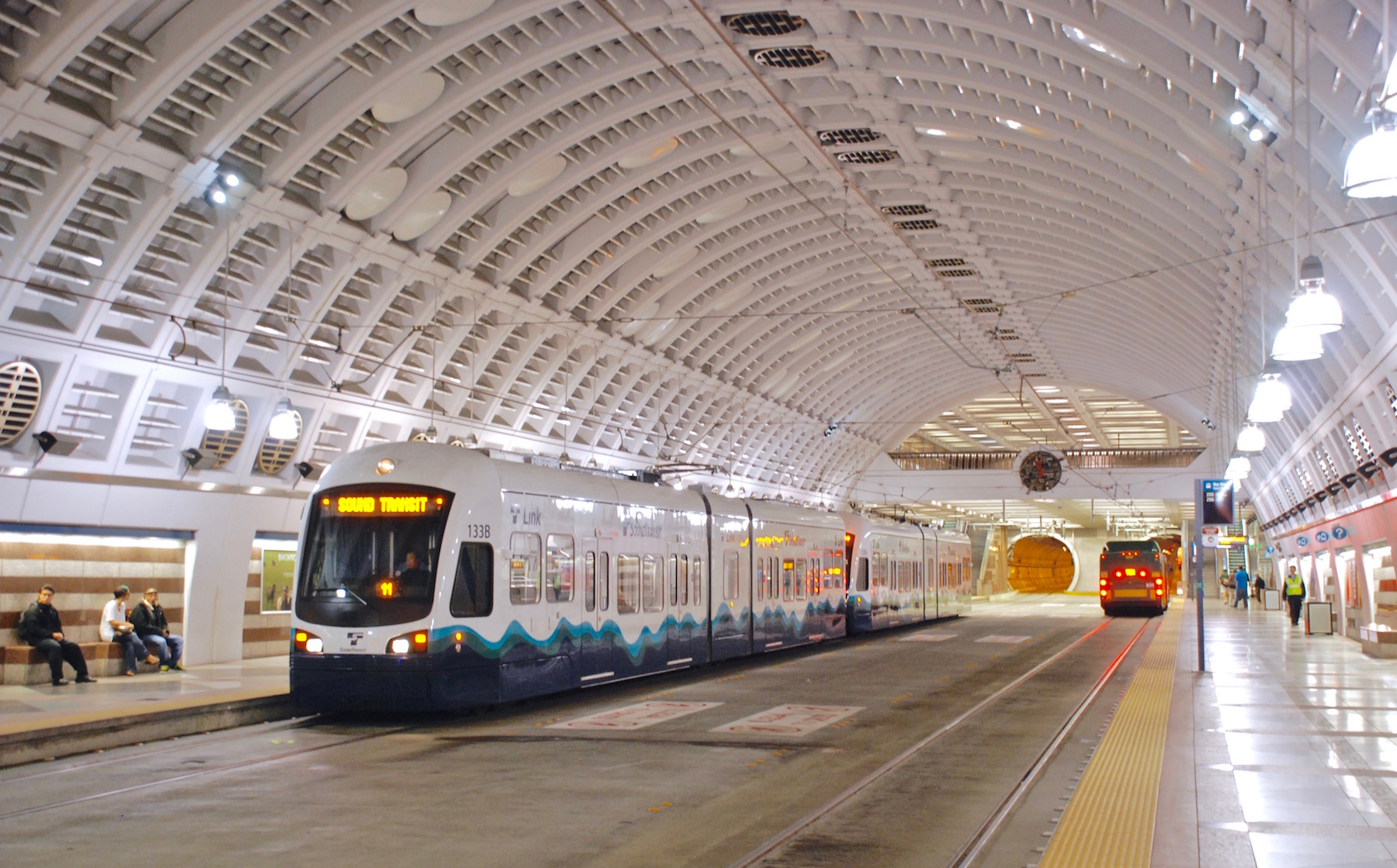
At almost double the cost of the Texas Sea Wall, this new transport system for Seattle, Washington, is meant to solve the congestion crisis which has blighted the city for years. Congestion in the region skyrocketed by a massive 95% between 2010 and 2015. It all comes down to overpopulation. Last year, the region grew by 50,000 people, and experts predict that it will increase by a further 800,000 in the next two decades. More people means more cars, and more cars mean more congestion.
In 2022, most Seattle commuters spent more than 50 hours stuck in traffic every year – the equivalent of two whole days. This isn’t the worst congestion in the country – commuters in Chicago have it three times worse – but Seattle are the ones who have decided to do something about it. Sound Transit 3 will create 100 kilometers of rail, with the potential to carry 600,000 daily passengers. Rapid buses are also planned, as well as plenty of stops and stations. The project is expected to open in stages between 2024 and 2041, slowly improving the situation before the overcrowding spirals out of control.
Interested in multifamily real estate investing? Our experienced team is here to help. From market research to identifying the best opportunities, we guide you through the process. Subscribe to our YouTube channel for informative videos and expert discussions, and follow us on Instagram for exclusive content. Explore our comprehensive Udemy course for detailed insights and strategies. Ready to elevate your investment journey? Contact us now to schedule a consultation and achieve your financial goals in real estate.
*This content is for informational purposes only and is not intended as financial or legal advice. Please consult with a professional advisor before making any investment decisions.



























